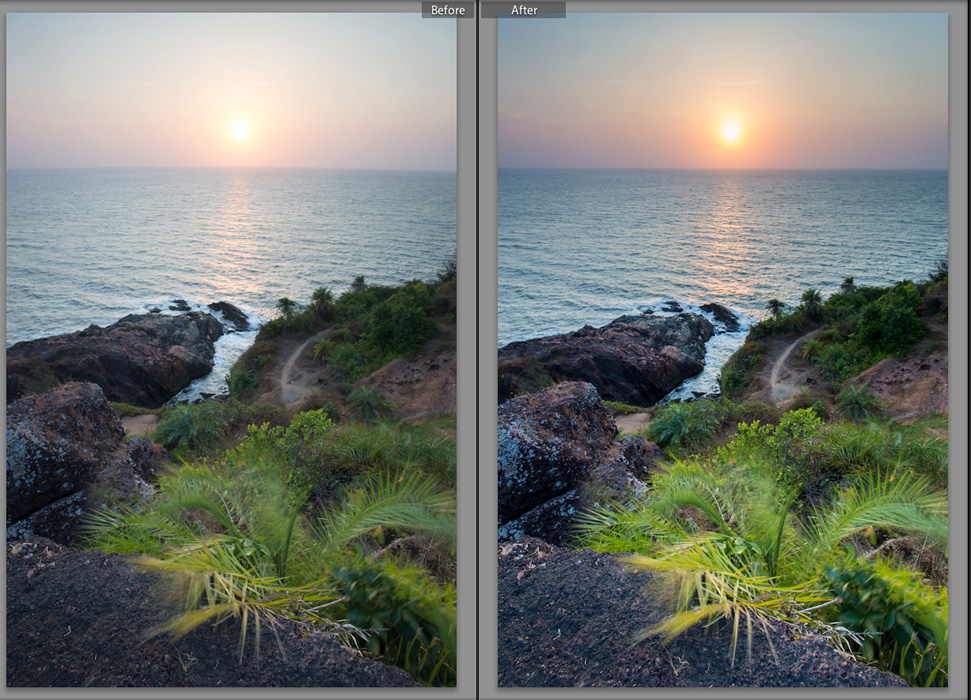This post is written by Pratap J, a photography expert at Darter. Pratap will be taking our Level 2 Workshop on Digital Post-Processing with Adobe Lightroom on April 6, 2013. To know more about Pratap, visit his website – pixelshooter.net
What does it really take to make good images? Is it the camera? Is it being at the right place at the right time? Is it the photographer and his/her skills? Or is it all of these, and some thing more? Well, the fun is in discovering the secrets on your own. So let me not attempt to answer these questions. Instead, I’ll draw your attention to that aspect of photography, which involves working with the captured image after you have taken it.
When you use a computer or a tablet to enhance an image using a dedicated software, we refer to it as “post-processing. “ Yes, a good camera does make a lot of difference. But whether you shoot with a top of the line camera, or a basic one, the fundamentals of post-processing an image are the same.
Post-processing is an integral part of a photographers’ workflow. The term workflow refers to the step-by-step process of preparing, shooting, editing and publishing a photograph. Maybe as a beginner, your workflow just involves capturing and uploading photos to social media websites or sharing through other means with friends and family. But if you are looking to get serious with this hobby, or if you are interested in turning this into a profession, you must integrate post-processing into your workflow.
You need image editing software to process your photos. You also need a good computer or laptop. Photoshop is the gold standard, and the choice of many professional photographers. But these days there are other options such as Picasa, Bibble, Lightroom and Raw Therapee, to name a few. Of these, Picasa and Raw Therapee are free.
Some people think that editing or enhancing an image diminishes the value of the photograph. They also assume that getting it right in-camera is the real deal, and doing anything to the image outside of the camera is reserved for those who are poor at photography. Nothing can be further from the truth. Yes, there are ethical issues regarding altering an image to remove or add components that were not originally present in the scene. But besides that, photographers including those who would shoot with film, edit or enhance their images after capture. Film photographers used different tools and chemical processes in a traditional darkroom, while digital photographers use image-editing software in a digital darkroom.
So the first step towards post processing is to accept and include this step into your workflow. Once you do that, you can start using free software to enhance an image, and start the process of learning. There is certainly a learning curve to overcome. It is a good idea to understand the fundamentals while you attempt to beat the learning curve. Image editing software available today make it very easy to get funky effects without having to know anything about post processing. But you certainly don’t want your processed images to be purely accidental.

